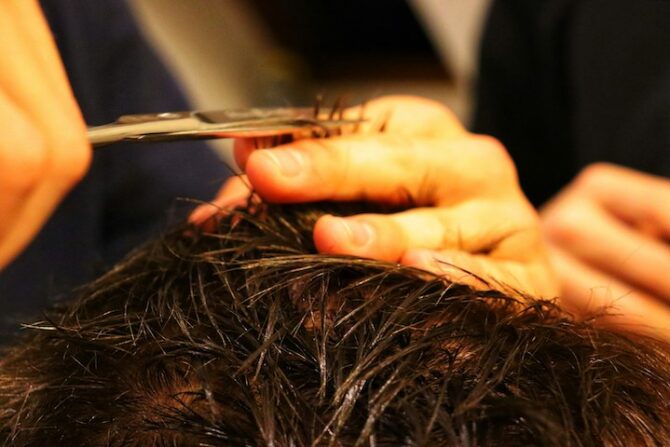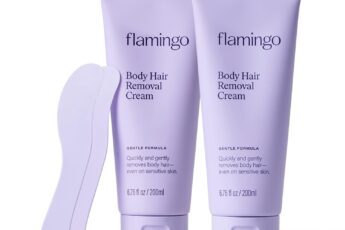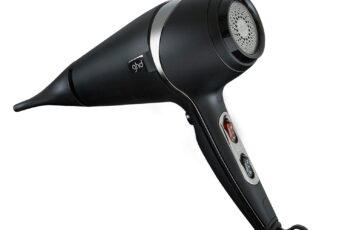Ever run your fingers through your hair and it just doesn’t feel… right? Maybe it feels rough. Maybe it tangles way too often. Or maybe it just looks tired — like it’s been through a lot, and it’s showing every bit of it.
You’re not imagining it. And no, you’re not being too hard on yourself. Sometimes, your hair really is telling you something — especially when the outer layer, called the cuticle, is damaged. The cuticle is like your hair’s bodyguard. It’s the first line of defense. And when it’s not doing well, your whole hair strand feels the impact.
If you’re not sure what to look for, that’s okay. You’re not alone. Let’s walk through the hair cuticle damage indicators together.
Table of Contents
1. What Is the Hair Cuticle? (And Why You Should Care)
Let’s start with the basics. The hair cuticle is the very outer layer of your hair. You can’t really see it with your eyes, but it’s made up of flat, overlapping cells — kind of like shingles on a roof.
When these little shingle-like layers lie flat and smooth, they lock in moisture, reflect light, and keep your hair protected from whatever life throws at it — weather, heat, chemicals, even friction from your pillow.
But when those cuticles lift, chip away, or get stripped off altogether, that’s when things start to go wrong. Your hair loses its shine. It starts snapping, tangling, drying out. And it can be frustrating because it feels like no matter what you do, it just keeps getting worse.
The good news? Once you know what to look for, it becomes a whole lot easier to give your hair what it actually needs.
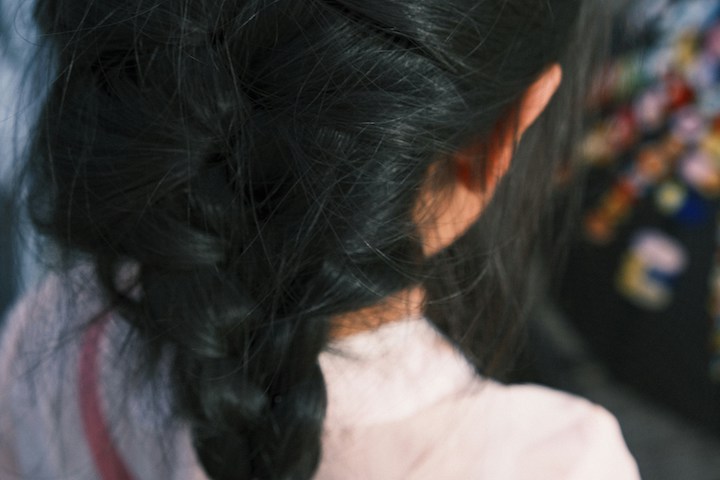
2. Dull, Lifeless Hair That Lacks Shine
You know that healthy-looking hair glow people always talk about? That shine doesn’t come from products — not really. It comes from how well your cuticle is laying.
When your cuticle is smooth and intact, it reflects light. That’s where that glossy, vibrant look comes from. But if your hair looks dull or flat even right after washing or moisturizing, that’s a sign your cuticle might be lifted or damaged.
Try looking at your hair under natural light — maybe by a window. Does it reflect light, or does it just kind of sit there looking tired?
If there’s no light bouncing off it, your cuticles probably aren’t laying flat anymore. That’s usually the first clue something’s off.
Also Read: The Truth About the Rarest Hair Type (And How to Care for It Naturally)
3. Hair That Feels Rough or Uneven
Here’s something simple you can do right now: grab a single strand of your hair. Hold it between your fingers. Run your fingers down the strand from root to tip. How does it feel?
If it feels smooth, that’s good. But if it feels rough or bumpy — like there are tiny ridges or uneven spots — that’s your cuticle raising its hand and saying, “Hey, I’m not doing great over here.”
Healthy cuticles lie flat. But when they’re lifted or broken, you can actually feel it. And that rough texture? It’s not just annoying. It’s your hair’s way of telling you it needs help.
4. Extreme Tangling and Snagging
Tangles happen to all of us. That’s normal. But if your hair tangles constantly — no matter how often you detangle, no matter what products you use — that’s something else entirely.
Damaged cuticles don’t lie flat. They stick out, like frayed threads on fabric. And when those threads catch onto each other, your strands get stuck together. That’s where the constant tangling and snagging come from.
If you feel like you’re spending more time fighting your brush than enjoying your hair, it’s probably not just a detangling problem. It’s a cuticle problem.
5. Split Ends That Keep Coming Back
You trim your hair. You try to be gentle. And yet, the split ends just keep showing up.
Sound familiar?
When your cuticle is damaged, it can’t protect the inner layers of your hair. That inner core gets exposed, and it starts to split. No matter how often you trim, those splits will keep creeping up unless you take care of the damage that’s causing them in the first place.
It’s not just about the ends looking messy — it’s a deeper sign your hair structure is breaking down. The cuticle’s job is to shield everything inside the strand. Once that shield is gone, splits are pretty much guaranteed.
6. Breakage Instead of Shedding
There’s a big difference between natural shedding and breakage — and knowing the difference can save you a lot of confusion.
Shedding usually means you see full strands coming out, root and all. That’s normal. Your hair naturally sheds a little every day.
But breakage? That’s when your hair just snaps somewhere in the middle. It doesn’t fall out from the root — it breaks off. And you might notice short, uneven pieces all over your sink, your shoulders, or your pillow.
Cuticle damage weakens the whole strand. When it can’t hold up to brushing, styling, or even washing, the strand snaps. If this is happening a lot, it’s time to take a closer look at what your cuticle is going through.
7. Hair Feels Dry No Matter What You Use
You’ve deep-conditioned. You’ve used oils. You’ve tried the expensive stuff and the DIY treatments. And still, your hair feels dry.
I’ve been there. It’s frustrating, right?
Here’s the thing: moisture doesn’t matter if your hair can’t hold onto it. And damaged cuticles can’t seal in anything. It’s like trying to pour water into a cracked cup — it just leaks right back out.
So it’s not that your products are failing. It’s that your hair’s outer layer can’t lock in what you’re giving it. Once you start thinking about it that way, the dryness makes a lot more sense.
8. Your Hair Gets Frizzy Even Without Humidity
Frizz is usually blamed on the weather. And yes, humidity plays a part. But if your hair is frizzing up even when the air is dry, there’s something else going on.
When your cuticles are smooth, your strands lie neatly next to each other. But when the cuticle is raised or broken, those strands go in every direction — that’s frizz.
So if you’re dealing with random halo frizz, puffiness, or flyaways on a dry day, your cuticle might be the issue. It’s not just about appearance — frizz can actually be a clue your hair’s structure isn’t holding together the way it used to.
9. Color Fades Super Quickly
If you dye your hair and notice the color fades faster than it used to — like after just a couple of washes — that could be cuticle damage, too.
Color works best when the cuticle is healthy enough to hold onto the pigment. But when the cuticle is too open or worn down, the color molecules can’t stay locked in. They just wash right out.
So if your fresh color goes dull almost immediately, your cuticle probably isn’t sealing in that color the way it’s supposed to. It’s not your fault — it’s just a sign your hair needs a little extra care.
Check Out: How to Fix Hair Dye Disasters at Home
10. Heat Styling Feels More “Damaging” Than Usual
You use the same flat iron, the same blow dryer — but suddenly, your hair feels brittle, dry, or even fried after styling. What changed?
It could be your cuticle.
When it’s damaged, the inner parts of your hair are more exposed. That means the heat hits harder. The moisture inside your strands evaporates faster. And your hair starts reacting badly to tools it used to handle just fine.
If heat styling leaves your hair feeling worse than usual, don’t just blame the heat. Take a moment to check in with your hair’s outer layer. It might not be able to handle what it once could — and that’s your signal to slow down and give it some love.
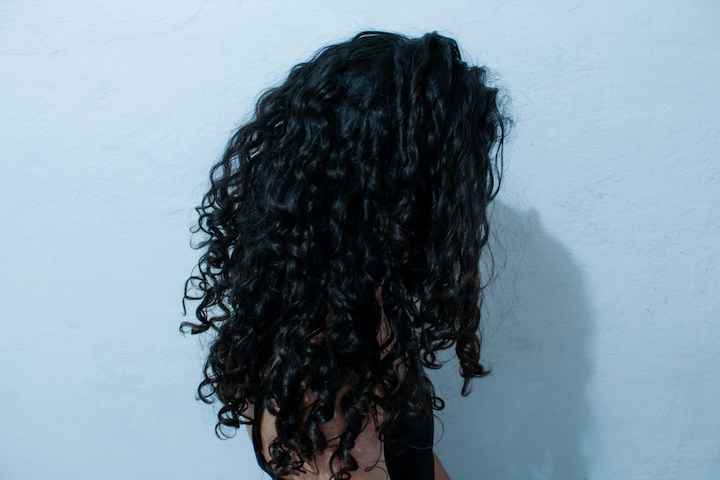
Conclusion
If your hair’s been trying to talk to you, now you know how to listen. All those little signs — the dryness, the breakage, the frizz that just won’t quit — they aren’t random. They’re messages from your hair, asking for help.
You don’t need to panic. You don’t need to replace your whole routine. You just need to start paying attention. Your cuticle is where the conversation starts, and now you know what to look for.
So next time your hair feels off, don’t ignore it. Sit with it. Touch it. Feel it. And maybe, just maybe, it’ll tell you exactly what it needs.
Frequently Asked Questions
Can cuticle damage be reversed?
Not fully, but you can smooth and protect the cuticle with the right care. Think of it like patching a roof — it may not be brand new, but you can definitely make it stronger.
How long does it take to repair damaged hair cuticles?
It depends on how damaged your hair is. Some people see improvement in weeks, others need months. The key is consistency and patience.
Does shampoo or conditioner affect the cuticle?
Absolutely. Harsh shampoos can strip the cuticle, and the wrong conditioners might not seal it properly. Using gentle, moisturizing products makes a big difference.
Is protein treatment good for damaged cuticles?
Yes — but in balance. Protein can help rebuild strength, but too much can make things worse. Try using it once or twice a month unless your hair says otherwise.

